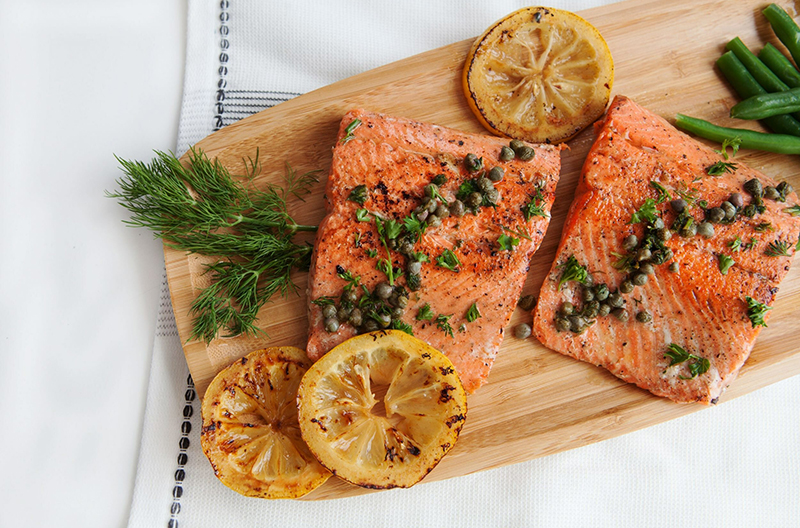As consumers continue to look for budget friendly deals on groceries and restaurant meals, sockeye salmon prices are staying steady, due to a surplus from last year’s harvest season, according to the Bristol Bay Regional Seafood Development Association.
The 2022 harvest from Bristol Bay, Alaska – the source of more than half the world’s sustainable, wild sockeye salmon – was 46 percent higher than its previous five-year average, bringing in a haul of more than 60 million fish. This means the average price per pound of wild sockeye salmon on sale at grocery stores is down 7 percent since early 2022, compared to an increase of 12 percent for farmed Atlantic salmon fillets.
The wild sockeye surplus comes at a necessary time to meet increased demand, while seafood consumption in the U.S. remains higher than during the pre-pandemic year 2019 and is expected to grow at a rate of 4.9 percent in 2023.
“If you’re seeing sockeye salmon in the grocery store or on menus in 2023, chances are it came from Bristol Bay, Alaska. This is a great opportunity for more people to enjoy delicious wild sockeye salmon, and help make the most of this gift from nature,” said Andy Wink, executive director.
As shoppers may be seeing inflated prices for other sources of protein, wide availability and deals on wild sockeye salmon in retailers lend more appeal to the fish.
Wild sockeye salmon has a ruby red color and is nutrient dense. Bristol Bay sockeye salmon is guaranteed to be wild and sustainably caught, with the fishery adhering to strict sustainability standards upheld by the Alaska Department of Fish & Game.
With lower wholesale prices on sockeye salmon and high prices for many other protein options, retailers nationwide are offering temporary price reductions. Wild sockeye salmon from Bristol Bay can be found at the seafood counter, in the freezer case or in can at grocers and retailers nationwide.
“Now is the time to stock up on Alaska sockeye, and consumers can feel good about having this wild, sustainable fish on their tables. In addition to home cooks, we encourage retailers, wholesalers, restaurants and importers to reach out to us to collaborate on ways to showcase this tremendous protein,” said Lilani Dunn, marketing director.
Wild sockeye salmon can be found fresh or frozen in the seafood case, as well as canned and smoked year-round. Bristol Bay fishermen often freeze their catch immediately after it leaves the water, locking in nutrients, maintaining quality and helping to reduce food waste.
The Bristol Bay Regional Seafood Development Association is a fishermen-funded group with the mission to increase the value of the Bristol Bay fishery through education, quality outreach and marketing.
For more information, visit bristolbaysockeye.org.

